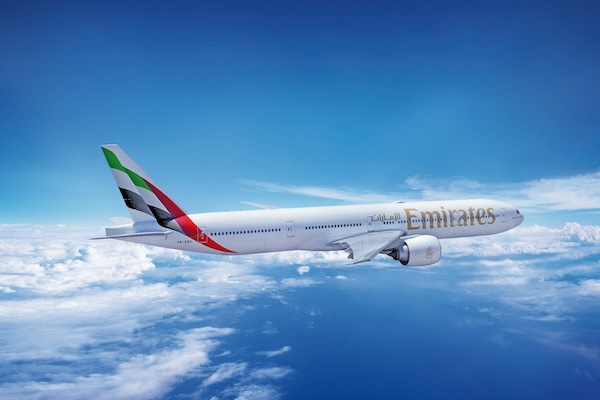Emirates Airlines has launched a new route connecting Dubai with Antananarivo, Madagascar’s capital city, marking a significant development in regional air travel.
This service is expected to run four times a week, offering a seamless connection to over 140 international destinations through the airline’s hub in Dubai.
Enhanced Connectivity and Tourism Growth
Emirates’ new route to Madagascar is set to enhance the island’s connectivity to the world. With flights operating on Tuesdays, Thursdays, Saturdays, and Sundays, travellers from around the globe can now more easily explore Madagascar’s unique biodiversity and cultural treasures. This development is anticipated to significantly boost the nation’s tourism by attracting visitors eager for authentic ecotourism experiences.
Adnan Kazim, Emirates’ deputy president and chief commercial officer, expressed confidence in the positive impact of this new service. By improving Madagascar’s connectivity, there is potential for increased international business opportunities alongside tourism growth, paving the way for a mutually beneficial relationship between the two regions.
Strategic Importance of the Antananarivo-Dubai Route
The newly established route between Antananarivo and Dubai reflects a strategic collaboration between Madagascar and the United Arab Emirates. This initiative not only reinforces tourism ties but also establishes a vital trade link, offering untapped avenues for development and economic growth.
Manambahoaka Valéry Ramonjavelo, Madagascar’s minister of transport and meteorology, highlighted this partnership as a significant step towards developing robust tourism and trade relations. The route is positioned as a gateway to introduce Madagascar’s natural wonders and cultural richness to a wider audience, simultaneously creating new business streams.
Potential for Dual Destination Tourism
This service harnesses the growing interest in multi-destination travel by linking two remarkable Indian Ocean islands.
Tour operators can develop customised packages that showcase the diverse attractions and experiences of both destinations.
With this new option, the travel industry can cater to a broader spectrum of tourists seeking adventure and relaxation.
Madagascar’s Ecotourism Appeal
The introduction of Emirates’ service aligns with Madagascar’s vision to boost its eco-friendly tourism initiatives.
Collaboration with international airlines like Emirates facilitates sustainable tourism growth, attracting eco-conscious travellers.
This new route is set to position Madagascar as a leading destination for nature-centric tourism.
Economic and Cultural Benefits for Madagascar
As international visitors increase, there is an opportunity to invest in local infrastructure and hospitality sectors.
The growth in tourism can lead to a renaissance in traditional crafts and cultural activities, driven by demand from international tourists.
Madagascar’s positioning as an emerging tourism hub could lead to diversified economic development.
Strengthening Regional Aviation Links
This strategic route expansion reflects Emirates’ continuous efforts to broaden its global connectivity.
The collaboration highlights the airline’s commitment to supporting regional economic growth and tourism development.
The increased frequency of flights and options for travellers epitomises the evolving dynamics of international air travel.
Future Prospects and Industry Implications
Emirates’ move to include Madagascar in its global network is timely, aligning with global trends towards more ecotourism-focused travel.
The route is poised to attract a new demographic of travellers keen on exploring off-the-beaten-path destinations.
This initiative sets a precedent for future aviation expansions aimed at fostering international tourism growth.
The inauguration of this new flight route signals a transformative era for Madagascar, strategically opening the gateway to global tourism and trade.
This partnership with Emirates underscores the immense potential for growth, positioning Madagascar as a key player in the global tourism industry.

